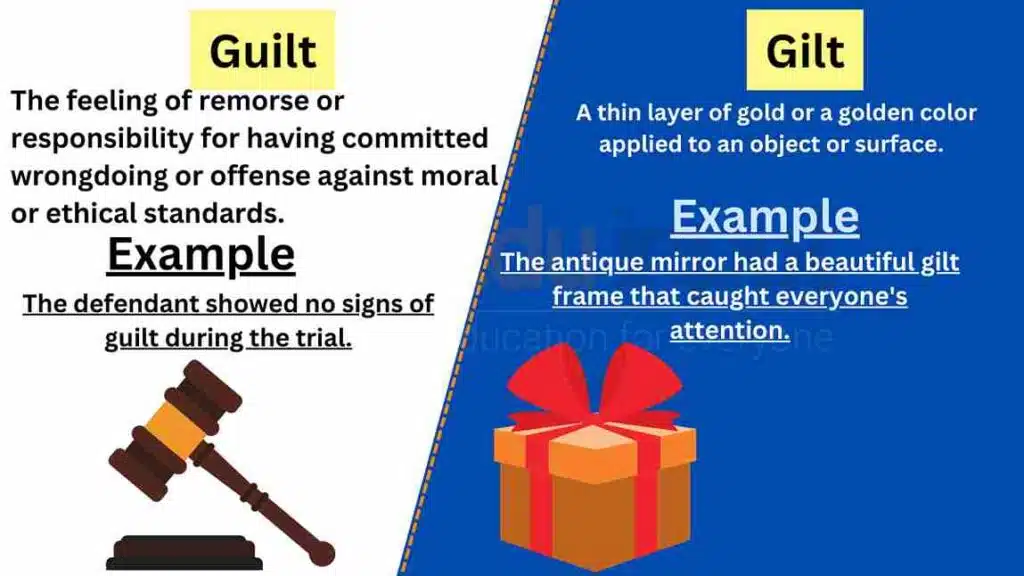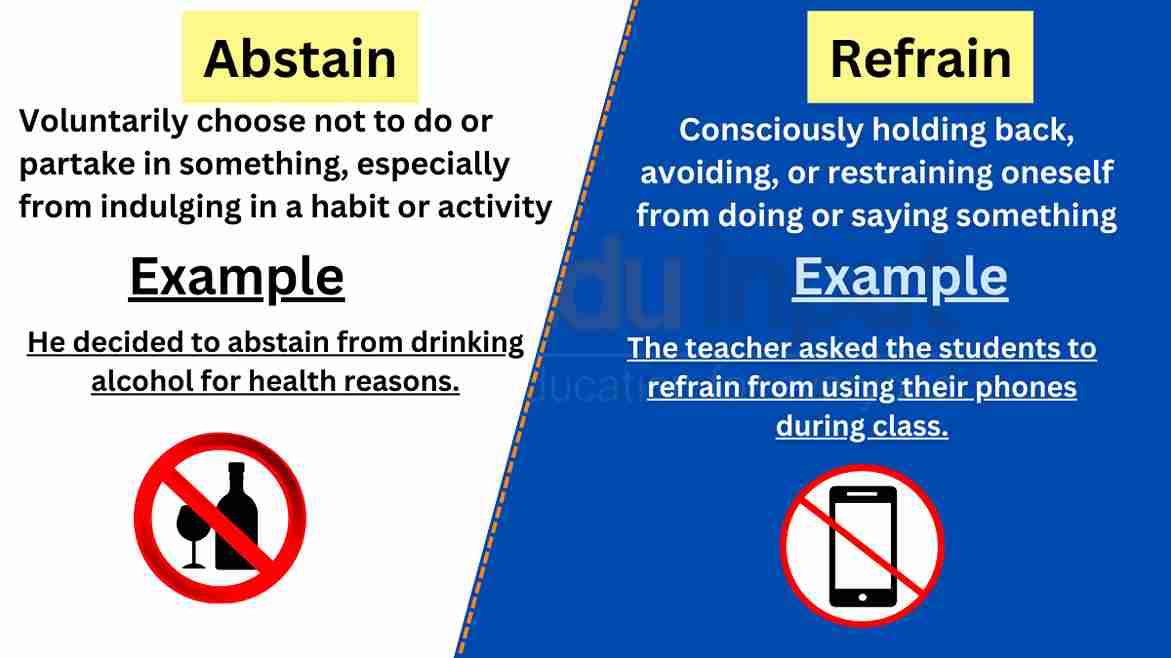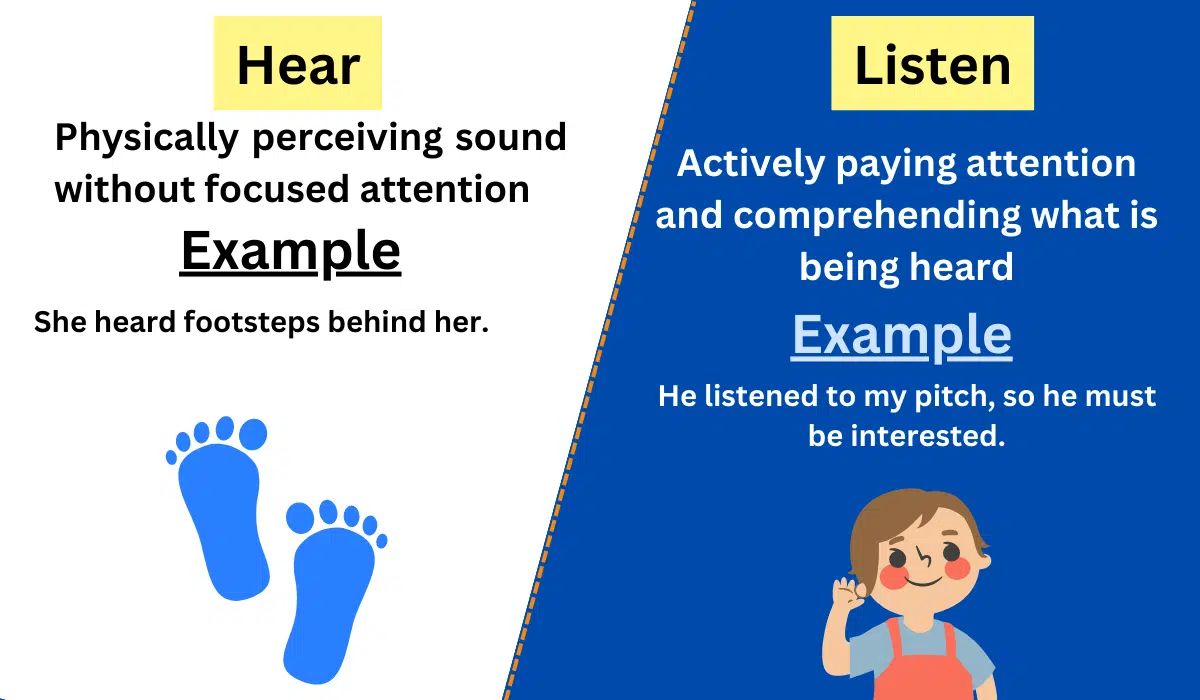Guilt vs Gilt-Difference Between And Examples
In the English language, the words “guilt” and “gilt” may sound similar but have distinct meanings and usage. In this article, we will explore the differences between “guilt” and “gilt” to clarify their definitions and provide examples of their usage. By understanding these terms, we can communicate more accurately and avoid confusion. Let’s delve into the meanings of “guilt” and “gilt” to enhance our language skills.

Meanings and Examples
Guilt Meaning
The meaning of “Guilt” refers to the feeling of remorse or responsibility for having committed wrongdoing or offense against moral or ethical standards. It involves an internal sense of guilt or self-blame.
Guilt Examples
- “She felt overwhelming guilt for betraying her friend’s trust.”
- “The defendant showed no signs of guilt during the trial.”
- “He couldn’t shake off the guilt for neglecting his family’s needs.”
Gilt Meaning
The meaning of “Gilt” refers to a thin layer of gold or a golden color applied to an object or surface. It is commonly used in the context of decorative arts or when describing something covered or coated with a gold-like material.
Gilt Examples
- “The picture frame had intricate gilt patterns that added a touch of elegance.”
- “The artist used gilt paint to highlight certain features of the sculpture.”
- “The antique mirror had a beautiful gilt frame that caught everyone’s attention.”
Difference Between Guilt and Gilt
| Guilt | Gilt | |
| Meaning | Feeling of remorse or responsibility for a wrongdoing | Thin layer of gold or golden color applied to an object or surface |
| Example | “She felt overwhelming guilt for betraying her friend’s trust.” | “The picture frame had intricate gilt patterns that added a touch of elegance.” |
| Usage | Emotions, moral and ethical considerations | Decorative arts, artistic descriptions |
| Context | Personal introspection, legal proceedings, emotional states | Fine arts, craftsmanship, design |
Usage in a Paragraph
“Guilt” is a complex emotion that arises from a sense of wrongdoing or moral transgression. It can manifest as a heavy burden on one’s conscience, leading to feelings of regret, remorse, or shame. People experience guilt when they perceive their actions as violating their personal values or societal norms. This powerful emotion often drives individuals to make amends, seek forgiveness, or take steps towards personal growth and moral rectitude.
On the other hand, “gilt” pertains to the aesthetic aspect of a material or object. It involves the application of a thin layer of gold or golden color to enhance its appearance. Gilt is commonly used in the realm of decorative arts, such as painting, sculpture, or furniture design. It adds a touch of elegance, luxury, and sophistication to various objects, such as frames, ornaments, or architectural elements. The craftsmanship involved in applying gilt requires skill, precision, and an understanding of artistic principles.
Recognizing the distinction between “guilt” and “gilt” is crucial for effective communication. “Guilt” represents the emotional and moral responsibility one feels for wrongdoing, while “gilt” refers to applying a thin layer of gold or a golden color for decorative purposes. By using these terms accurately, we can express our emotions, address moral dilemmas, and appreciate the beauty of artistic creations. Understanding the nuances of “guilt” and “gilt” allows us to navigate conversations and discussions with clarity, ensuring that our intended meanings are conveyed accurately and avoiding potential misunderstandings. So, whether we are grappling with feelings of guilt or admiring the gilded details of an artwork, embracing the difference between “guilt” and “gilt” enriches our language skills and fosters effective communication.







Leave a Reply